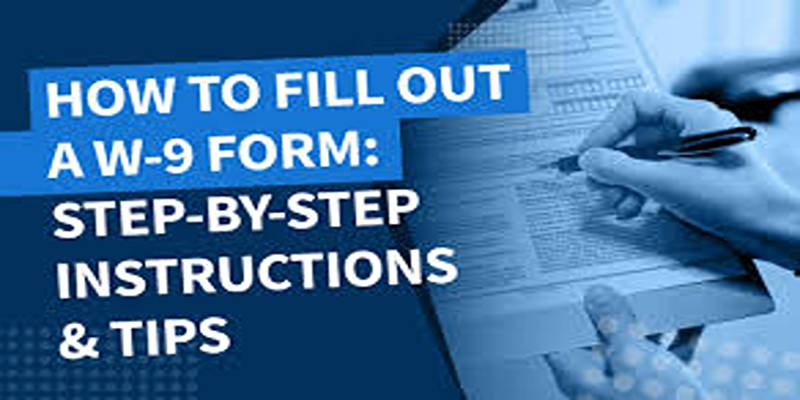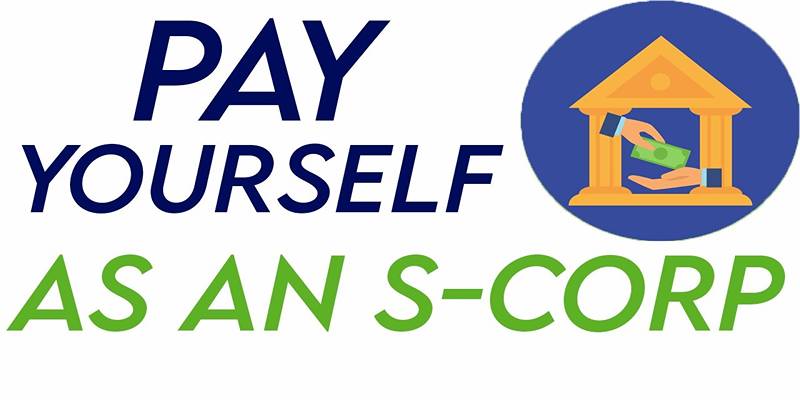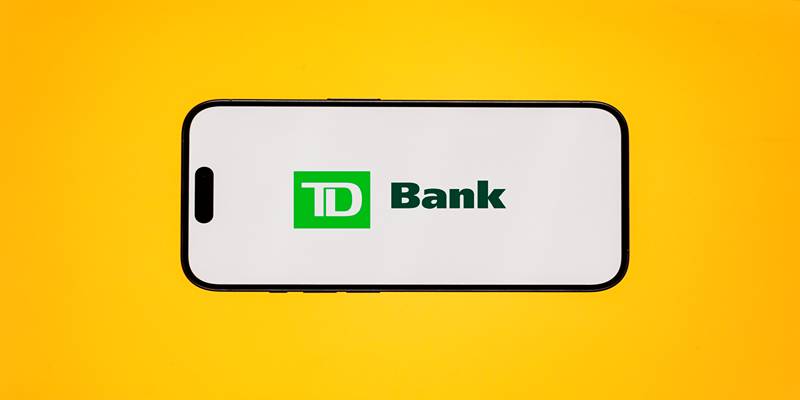When dealing with taxes, you may have come across a W-9 tax form, especially if you’ve worked as an independent contractor or freelancer or had any dealings with businesses that need to report payments made to you. While it might sound like a daunting document, the W-9 form is quite simple once you understand its purpose. This form is one of the most commonly used in the U.S. tax system, but many people still don’t fully grasp its significance or how to fill it out.
This post will dive deep into what a W-9 tax form is, who needs it, why it’s important, and the key details required when filling it out. Whether you’re a business owner, contractor, or freelancer, understanding the W-9 form is essential for navigating the U.S. tax system correctly.
Who Needs a W-9 Form?
Most of the time, a W-9 form needs to be filled out by freelancers, independent workers, and businesses that one person runs. While it may be needed for some types of interest, earnings, and rents, it may also be needed for other types of income.
Here are some common situations in which you might need to fill out a W-9 form:
- Independent Contractors and Freelancers: Companies that hire you as an independent contractor to do work for them will probably ask you to fill out a W-9 form so they can report your pay to the IRS.
- Consultants: Consultants are typically paid as independent contractors, meaning they will need to submit a W-9 form to the business they’re consulting for.
- Self-Employed Individuals: If you work for yourself, clients who need to report payments made to you may ask you to fill out a W-9 form.
- Vendors: When a business pays a seller for goods or services, they can ask the vendor for a W-9 form to get their TIN and other information.
- Interest or Dividend Payments: In certain cases, banks or financial institutions may ask individuals to fill out a W-9 form if they are receiving interest, dividends, or other income from financial investments.
Why Is the W-9 Form Important?

The W-9 form serves an important purpose in the U.S. tax system. Here are the primary reasons why the form is needed:
- Tax Reporting for Non-Employees: Businesses use the W-9 form to collect the necessary information to report payments made to independent contractors or freelancers. If a business pays $600 or more to a non-employee in a tax year, they must report that income to the IRS using a 1099 form. The W-9 ensures the business has the correct information to complete this report accurately.
- Avoiding Withholding Taxes: When filling out a W-9 form, contractors or freelancers certify that they are not subject to backup withholding. Backup withholding is a tax requirement for individuals who fail to provide their correct TIN or whose TIN does not match the IRS records. By submitting a W-9 form with accurate information, the individual avoids unnecessary withholding of taxes from their payments.
- Income Verification: The W-9 form helps verify the income you receive, which is essential for proper tax filings. If you're a freelancer or independent contractor, the information on the W-9 will be used to match your reported income with your tax return.
- Ensuring Compliance: Filling out and submitting the W-9 form ensures that both the business making payments and the individual receiving the payments comply with IRS requirements. Accurate record-keeping and reporting reduce the risk of penalties or fines from the IRS for improper or incomplete filings.
How to Fill Out a W-9 Form?

The W-9 form is relatively simple to complete. It includes several key sections that must be filled out with your personal or business information. Here's how to fill out a W-9:
- Part I: Name and Business Name (if applicable)
In the first part of the form, you’ll need to enter your name as it appears on your tax return. If you’re completing the form for a business, you’ll also need to include the business name, trade name, or DBA (doing business as) name. - Part II: Taxpayer Identification Number (TIN)
In this section, you’ll need to provide your TIN, which could be your Social Security Number (SSN) if you're an individual or your Employer Identification Number (EIN) if you're operating as a business. The IRS uses your TIN to track income and tax obligations. - Part III: Federal Tax Classification
This section asks you to select your federal tax classification. Options include:- Individual/Sole Proprietor: If you’re an individual or a sole proprietor, select this option.
- Corporation: If you’re a corporation, select this box.
- Partnership: For partnerships, select this option.
- Other: If you fall into a different category (such as a nonprofit), select the appropriate box.
- Part IV: Exemptions
If you’re exempt from backup withholding or FATCA reporting, you will indicate that here. Most individuals will leave this section blank. - Part V: Signature and Date
Finally, you will sign and date the form to certify that the information provided is accurate. By signing, you’re declaring under penalty of perjury that the TIN you provided is correct and that you are not subject to backup withholding.
Conclusion
The W-9 tax form plays a crucial role in ensuring accurate income reporting, tax compliance, and the proper issuance of 1099 forms. Whether you're an independent contractor, freelancer, or business owner, understanding when and how to complete the W-9 form is essential for smooth tax reporting.
Suppose you're unsure about how to complete the W-9 form or have questions about your specific situation. In that case, it’s always a good idea to consult with a tax professional to ensure compliance and avoid costly mistakes.












